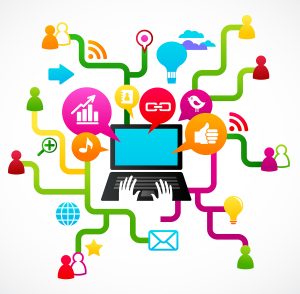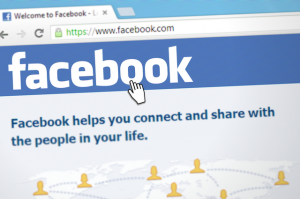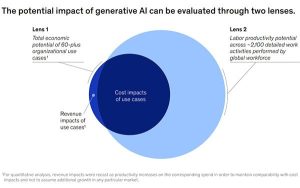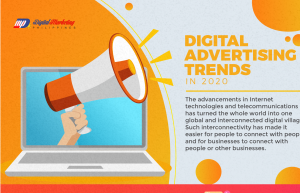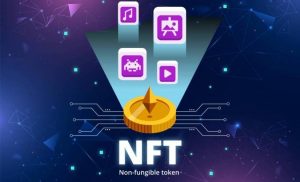by Loren McDonald Oct 16, 2014
Many B2B emails I receive begin with “Dear Loren.” This beginning promises that the rest of the email will have content highly personalized to my company demographics (firmagraphics) and business needs, based on my behavior and engagement with marketing content.
Not.
Almost none deliver on that tactic. Similarly, many B2B brands use a person’s name as the sender name, thinking that magically transforms otherwise generic emails into highly relevant messages.
Maybe B2B marketers assume marketing department emails should read like two companies talking together, irrespective of the people on either end of the message, in order to differentiate them from the messages a salesperson or account rep sends to prospects or clients.
I disagree. Without getting into the whole “Are corporations people?” debate, remember this: Companies don’t buy stuff. People do. That makes the human element essential in B2B marketing emails.
Five Tactics to Humanize B2B Emails
Being human isn’t hard to achieve in B2B email marketing, but it takes more than mail-merging a first name onto generic content or sticking a name in the “from” line, especially when the contents don’t support those tactics.
1. Make it easy for recipients to read and act on your emails. Desktop and Webmail readership still dominates for most B2B organizations, but business customers are being trained by your B2C brethren to interact with email in different ways.
Consider redesigning your email templates for one-finger navigation along with larger fonts, plain backgrounds, streamlined content and stand-out call-to-action buttons.
Many of the B2B emails I see look and feel old school, using formats designed for large monitors, greater patience, dense copy and a “something for everyone” content approach.
2. Publish content that addresses reader needs, pain points and interests. The usual company rah-rah content doesn’t serve the dual purposes of B2B marketing emails: to nudge prospects closer to a decision while also working to keep current customers in the fold.
People-centered content has three characteristics:
A. Helpful: Build satisfaction (using your product successfully, highlighting features users might not know about, how-to-buy advice for prospects).
B. Educational: Tap your staff or outside experts for industry knowledge that helps community members do their jobs better. Offer a peek behind the scenes to build connections.
C. Resource-focused: Highlight resources on your site or allied providers (white papers, blog posts, archived webinars, ebooks, video demos, etc.).
3. Use a conversational tone that reflects your company’s mission, culture or values. Remember that people buy from people, not companies. Write as if you were talking with one customer, not lecturing to the masses or compiling an annual report.
Employee bylines, photos and bios also boost the H2H factor in your B2B emails.
4. Tell readers what you want them to do. Your CTA copy should channel your customer’s thinking and complete this sentence: “I want to ….” with the action you want them to take. Nobody says, “I want to click here.” Instead, say “Download my free buyer’s guide.”
Also, make your CTAs jump off the page with larger fonts and an attention-getting color.
Make over your preheader so it delivers value and directs action when it shows up as a snippet in your reader’s inbox. Ditch the view-on-mobile or add-to-address-book link at the very top, and feature your top story or most valuable CTA instead.
5. Lighten up! You can let a sense of humor show through without sacrificing your authority. One newsletter turned its administrative footer section into a series of cartoons that measure reader reactions (“too busy,” “bored,” “annoyed,” “elated”) and link to specific actions (change frequency/content, unsubscribe, compliment).
H2H: A Lot Like B2C?
B2B marketers could take some tips from B2C marketers, who are learning to add personality and content that reflects what recipients are interested in, not just what the company wants to sell. (And vice versa, as I pointed out in a 2010 Email Insider, What B2B and B2C Marketers Can Learn from Each Other.)
Have you seen any B2B emails that have taken the extra steps to connect with you on a personal level beyond “%%firstname%%”? Please tell me about them in the comments.
Until next time, take it up a notch!
MediaPost | Email Insider
(377)

